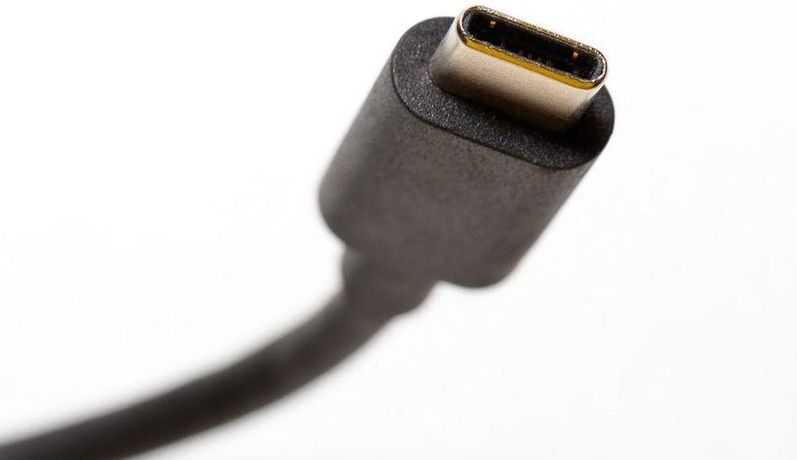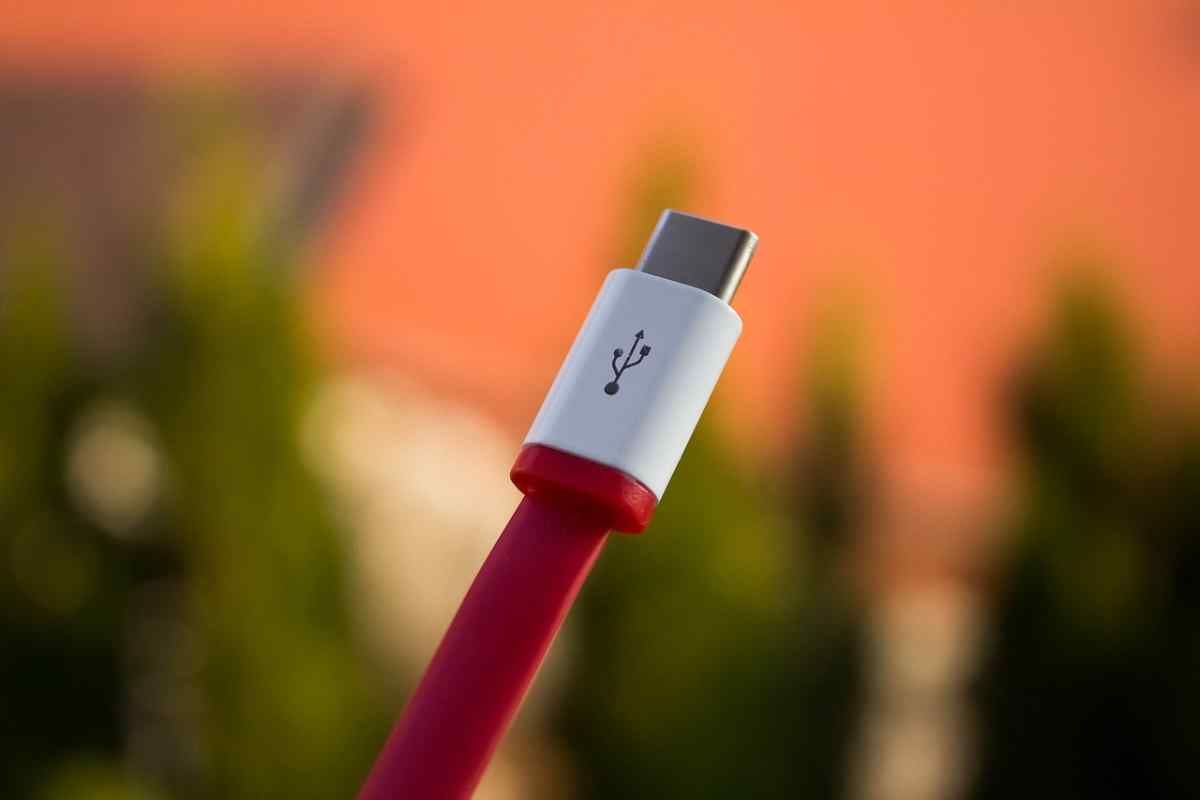The USB-C connector, which is one of the many presentations of the massive and standardized universal port, will soon receive an important update.
Exceeding the currently supported 100W, the USB Implementers Forum, the regulatory body for this standard, revealed that its upcoming version 2.1 will increase its support to 240W.
USB-C 2.1 will be able to power more demanding devices
An important update comes for the standard after that oval and a reversible USB port that has burst with force in recent years, present in phones, tablets, computers, headphones, and other devices.
The announcement of this novelty was published by the USB-IF last Tuesday, May 25. There it was revealed the increase of the supported power range up to 240W, formally called EPR or Extended Power Range.
According to the specifications shared on this new version of the standard, the new cables that support 240 Watts, will have to have special features for proper operation and resistance. Likewise, to avoid confusion, these cables will have to have a distinctive icon.

To avoid confusion, it should be noted that there are aspects of this standard that are not subject to a single standard. While aspects such as this, alluding to power delivery and the interaction between devices and their chargers, are governed by a specific regulation for the case of each particular USB-C port presentation; everything alluding to the flow of data through the cables is governed by the USB standard (plain), which is currently in its 3.2 edition, about to advance to its version 4.
This power upgrade could pave the way for more power-hungry devices to be supplied with power via this route. This includes gaming-optimized computers, 4K monitors, and printers.
Outside of the most common devices, an increase in power capacity could pave the way for the implementation of this connectivity standard in devices of other classes, such as those of the Internet of Things. This condition would make it easier to get accessories or spare parts for their power sources and even exchange them with other compatible ones.
And although there are high-performance devices that exceed the power consumption threshold supported by the new standard presented, this quantum leap considerably expands the range of devices that could integrate this universal solution, by more than doubling the current capacity of this port.





